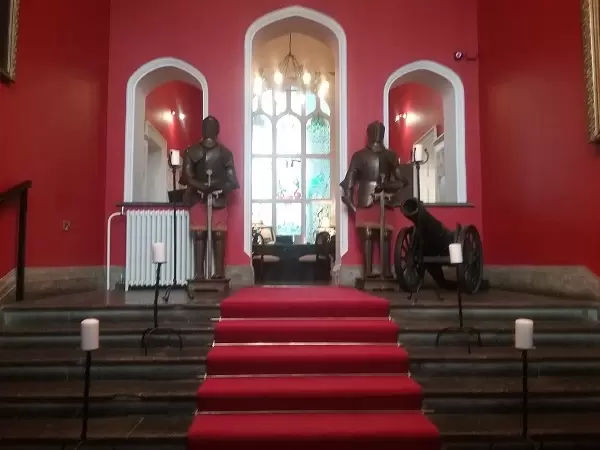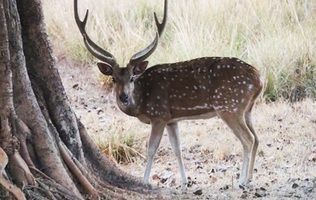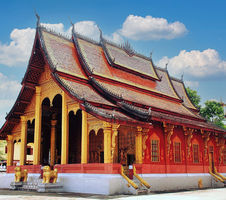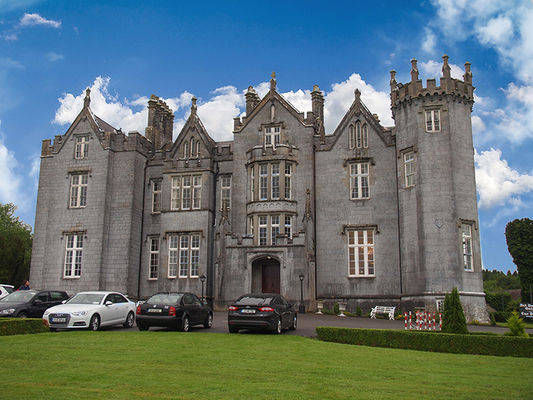
Ireland, a land of intrigue and beauty, sometimes clouded by history and yet wrapped so elegantly in romance and nature.
As one of the world's most visited destinations, Ireland reflects not only on a past of turmoil but an intriguing history of its early settlement to today's multicultural and enchanting diversity.
Like many Irish tours, this one began in Dublin with direct flights from Australia. As the largest city in Ireland, we are spoilt for choice when it comes to what to see and do. I am keen to visit Trinity College to hear about famous Irish poets and writers. and of course, check out the Book of Kels. It doesn't take long to find the history of William Butler Yeats, Senator of the Irish Free State. Born in June 1865, he was one of the most prominent writers of the 20th century. His work the Stolen Child based on Irish mythology is amongst the favourites for Yeats devotees.
A more modern-day writer Maeve Binchy found her inspiration in this lively city but we must not forget those of old. Jonathan Swift born in 1667 - famous for Gulliver's Travels and Oscar Wilde (1854) who wrote the thriller -The Picture of Dorian Gray. Who can forget The Importance of Being Earnest by Samuel Beckett - 1906 - and the intricate work of Waiting for Godot.
Apart from the customary hop on hop off buses, the best way to really get the feel of Dublin is by a three-hour self-guided walking tour.
One such suggested tour begins in DALKEY a Heritage Town just outside the main city centre. Dalkey is a very pleasant coastal suburb located 13km (8mi) from Dublin City Centre. It is accessible by DART (Suburban Train) which runs every 10-15 minutes to/from the city and is a 25-minute train journey. Pass castles by the sea before being greeted at Dalkey Village. Dalkey's main street- Castle - is full of pubs, cafés and restaurants which offer an excellent selection of food at great prices. After a delightful morning tea, a visit to Archbold's Castle, one of only three of the original seven castles remaining in the town, is highly recommended. Doubling back along Coliemore Road we head down to the harbour which played a major role in the early fishing industry. Here you can board a boat for a short cruise to the uninhabited Dalkey Island. The island is of historical importance with an ancient church, a promontory, a Martello Tower (built around 1800 to watch for a French invasion) and an old artillery battery to defend the southern end of Dublin Bay.
Dublin's Georgian District is yet another superb walking tour in the northern end of Dublin County which will give you an introduction to the architectural diversity of the city. The Grand Canal built in the 18th century to connect Dublin to the Midlands and the Shannon River is an example of the ingenuity of the engineers of the time. Baggot Street Bridge is modest but gives a glimpse of day to day life of the 18th-century inhabitants. The Georgian doorways and quaint village atmosphere was considered a well to do area. Baggotrath Castle stood alongside the castle until the early 19th century. Merrion Square laid out in the 1760s and open to the public is considered the core of the best-preserved section of Georgian Dublin.
I am not going to dwell on the Guinness Factory except to say it is a must-visit along with Teeling Whiskey which is an easy walk from Guinness. If you have good feet, there is so much in Dublin you can walk to once you familiarise yourself with the layout. The story of Molly Malone is possibly one of folklore but you must find her near the world-famous Temple Bar located in Temple Street, even if just to see how shiny her breasts are (the bronze that is).
The drive from Dublin to Belfast isn't a long one, in fact nowhere is far away in Ireland.
We have one very important stop to make before continuing on and that is the Celtic burial site of NEW GRANGE. Located in County Meath overlooking the River Boyne, it is referred to as a passage tomb. The Neolithic (stone age) monument was built over 5,200 years ago. It certainly is a jewel for Ireland and is highly visited during the winter solstice when the central passage is illuminated. Fascinating is too simplistic a word for the experience.
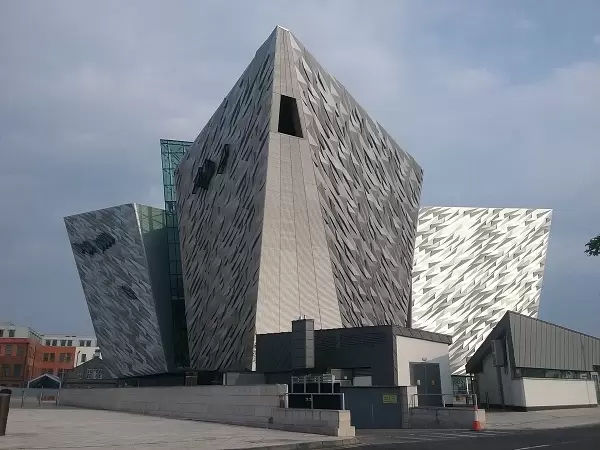
I promised you a story of Northern Ireland so here we are in Belfast.
Our main reason for coming this way was to visit the TITANIC Museum so once we have checked into the Europa Hotel, it is time to experience a local pub dinner followed by a walk around the city passing to beautifully lit Belfast City Hall. We will wait with anticipation for a visit here tomorrow. It is still an odd feeling when you are in Ireland but with invisible borders, suddenly the currency has changed to British Pounds. Visiting the Titanic Museum early the next morning was a little surreal, hard to believe it happened so long ago. Reading the manifest, taking in the letters that had been saved with surviving passengers and listening to launch footage was, to say the least, a bit storybook. Looking out across the launch bay - the slip that launched the fatal voyage, it almost felt like you had to listen closely to the ghosts or whispers that may be trying to convey the feeling of loss for some. Time passes and heals but memories will never be erased.
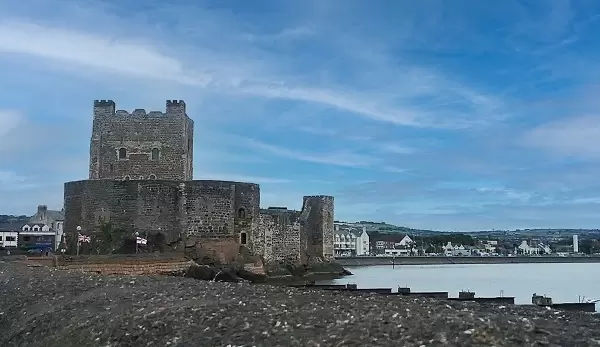
Who remembers Robert the Bruce and the song Mull of Kintyre? Well if you do, this is now the territory we are driving through. I am looking at Carrickfergus - the home of Robert and trying so hard to imagine what it was like in its time period. It is also the place where King Fergus of Scotland drowned in 501. King Robert Bruce lay siege to the castle in order to conquer Ireland.
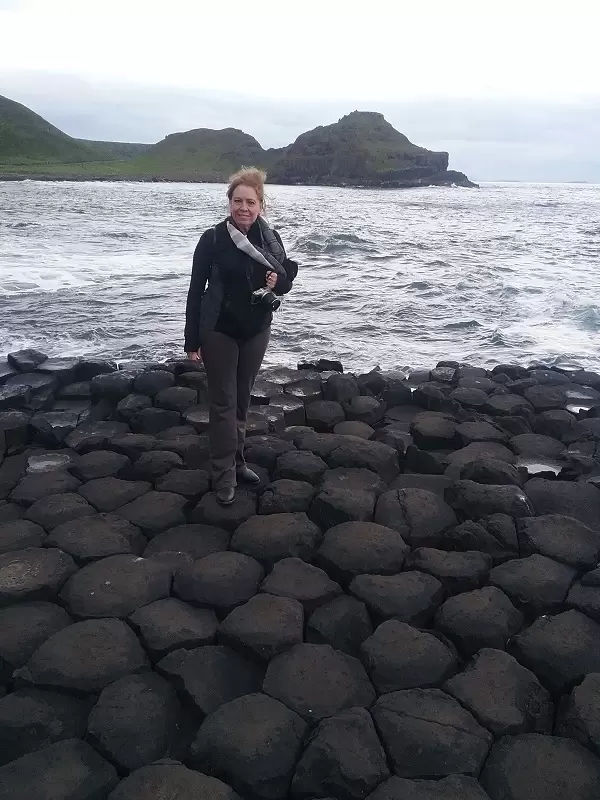
Anticipation builds as we enter the UNESCO Heritage site of the Giants Causeway! The area is covered in roughly 40,000 basalt columns, a result of an ancient volcanic fissure eruption. We stood for a few minutes looking at the columns then back at each other, then back at the columns. The conclusion was that it was created by aliens, how could it all be formed by a natural disaster. I liked my theory better. The day is late and we still have a drive to Londonderry and the Bishops Gate Hotel, our home for 2 nights.
I am not sure what was best Londonderry (Derry), or the hotel - or both. I just wonder what the McGregors and the Cornwalls wondered about the region when they settled the city in 1612. If only they knew of the turmoil that would follow in the centuries to come. Bloody Sunday or the Bogside massacres of January 1972 is a strong reminder of power and control. British soldiers shot 26 unarmed protestors of which 14 died while trying to flee. I remember the story as if it was yesterday, I had just entered the workforce and the news was nothing but. I am glad we went there for many reasons. Time to leave Northern Ireland and cross the 'border' as we head to Donegal on the Western side overlooking the Aran Islands.
Highlight coming up - GALWAY and the Claddagh.
Called the jewel of the west it is halfway on the Wild Atlantic Way drive. In Ireland, it is hard to have a favourite city but I think Galway nudges into first place for the north. The Claddagh ring is symbolic of love and loyalty with a heart topped by a crown. They don't come cheap but I know I am glad I bought one and the memories that accompany the ring.
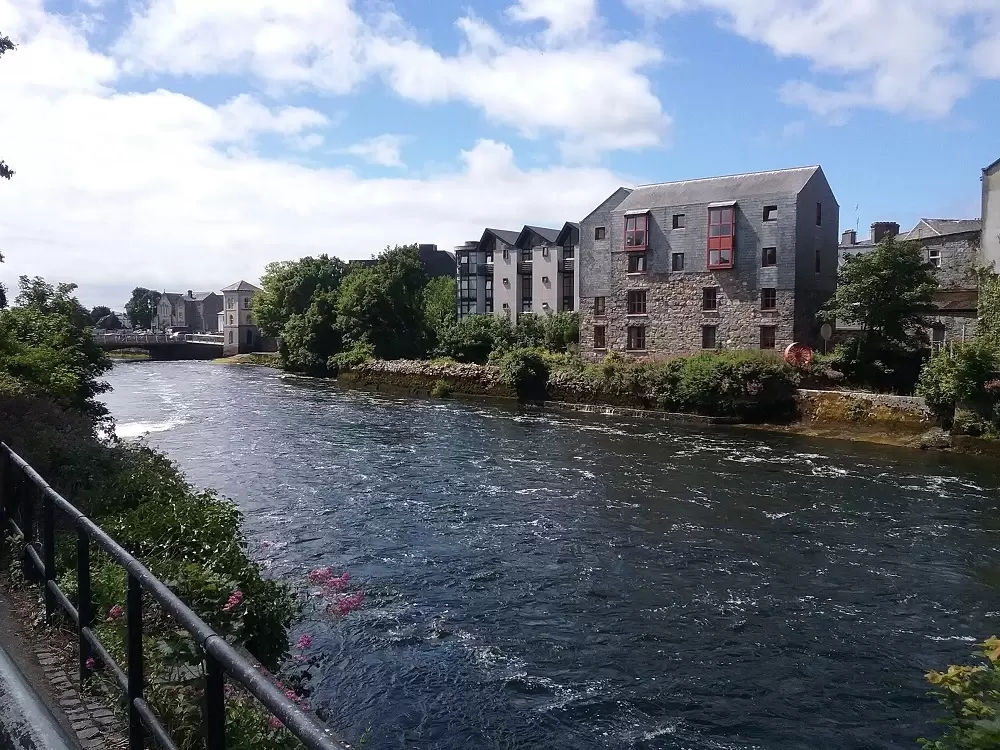
Kinnitty Castle in County Offaly, and the haunting that cannot be ignored. Located at the base of the Slieve Bloom Mountains, the castle is far from big like many others in Ireland but like all, it has an interesting past. The first castle was destroyed in 1209 and then rebuilt by the Normans in 1213. During that period an Augustinian abbey (St Finnian's) was established near the castle and the High Cross and Abbey Wall still remain. Later the Normans were replaced by the O'Carrolls of Ely and in 1630 William O'Carroll built a new castle close by the old abbey. This castle was confiscated in 1641 as part of the plantation of Offaly, or Kings County. ** history provided by the castle archives.
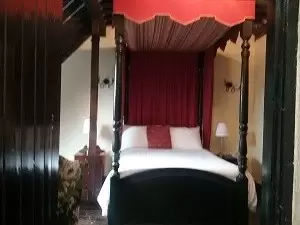 Of course, the haunting is what really grabs our attention. We listen to the stories of maids having affairs and illegitimate children being born, of Lords being less than discreet with not a care in the world. It seems that class decided happiness for some. But stories are just that, stories. Or are they?Our room was located on the third floor which has one window looking across the grounds to the front, it could not have been better. While we know that the linens are new, the furniture certainly had the feel of old. Our first encounter happened after we had returned from dinner. On a small table at the end of our bed were two glasses of water, nothing odd about that. However, when we left the room the glasses were empty with covers over them. Now I hear you thinking that a maid had entered our room and filled them ready for our return, all good except there are no maids at night nor a 'bed turn down service'. My husband and I looked at each other as we could both feel a change in the room. Nothing to be done about the anomaly we piled into the super soft canopy bed with the whitest of white sheets and the autumn coloured doona billowing with feathers.
Of course, the haunting is what really grabs our attention. We listen to the stories of maids having affairs and illegitimate children being born, of Lords being less than discreet with not a care in the world. It seems that class decided happiness for some. But stories are just that, stories. Or are they?Our room was located on the third floor which has one window looking across the grounds to the front, it could not have been better. While we know that the linens are new, the furniture certainly had the feel of old. Our first encounter happened after we had returned from dinner. On a small table at the end of our bed were two glasses of water, nothing odd about that. However, when we left the room the glasses were empty with covers over them. Now I hear you thinking that a maid had entered our room and filled them ready for our return, all good except there are no maids at night nor a 'bed turn down service'. My husband and I looked at each other as we could both feel a change in the room. Nothing to be done about the anomaly we piled into the super soft canopy bed with the whitest of white sheets and the autumn coloured doona billowing with feathers.
During the early hours of the morning, I was awakened to the feel of the sheets being lifted and gently laid back across my legs, I have a habit of sticking them out during sleep. Thinking it was my husband - good on him - I looked to see that he was fast asleep facing the other way. At breakfast that morning I mentioned this to the guests travelling with us who had a wilder experience than mine. When they went to get into bed the sheets felt like sandpaper, as if some ghostly presence was either playing a practical joke or simply did not think they should be sleeping there. Once we had spoken to staff about our experiences we were informed that yes, these things happen quite regularly. I requested a tour of other available rooms for research and our host told the story of one maid who when jilted by one of the upper household threw her illegitimate baby out the window, followed suit with grief. Of course like all tales, she could not verify the sad tale.
The castle has a basement bar where you are immediately transformed back to the days of bawdy lasses and salacious dalliances. Bars across windows and small dark entrances conjure up feelings of hidden deceit. Did we feel hauntings below - I think we would need to be there at night and there was no way our colleagues would entertain that after their previous evening's experience.
There are many larger establishments in Ireland but for a boutique and even bespoke adventure, Kinnitty is as real as it gets.
